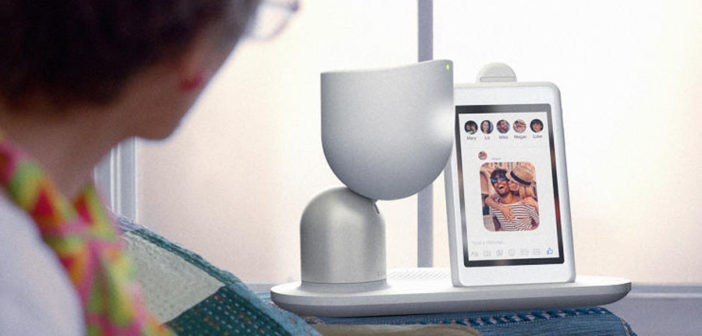Yves Béhar shares a new kind of design manifesto.
We’re on the cusp of a new era of design. Beyond the two-dimensional focus on graphics and the three-dimensional focus on products, we’re now in an era where designers are increasingly focusing on time and space, guided by technological advances in artificial intelligence, robotics, and smart environments.
While great thinkers like Dieter Rams and George Nelson offered their own design principles in past eras, industrial designer Yves Béhar points out that there are no comparable manifestos or guidelines for designers working with AI, robotics, and connected technology today.
Last week, in a talk delivered at the inaugural A/D/O/ Design Festival in Brooklyn, Béhar presented his vision for what those guidelines should look like—in the form of 10 principles for design in the age of AI.
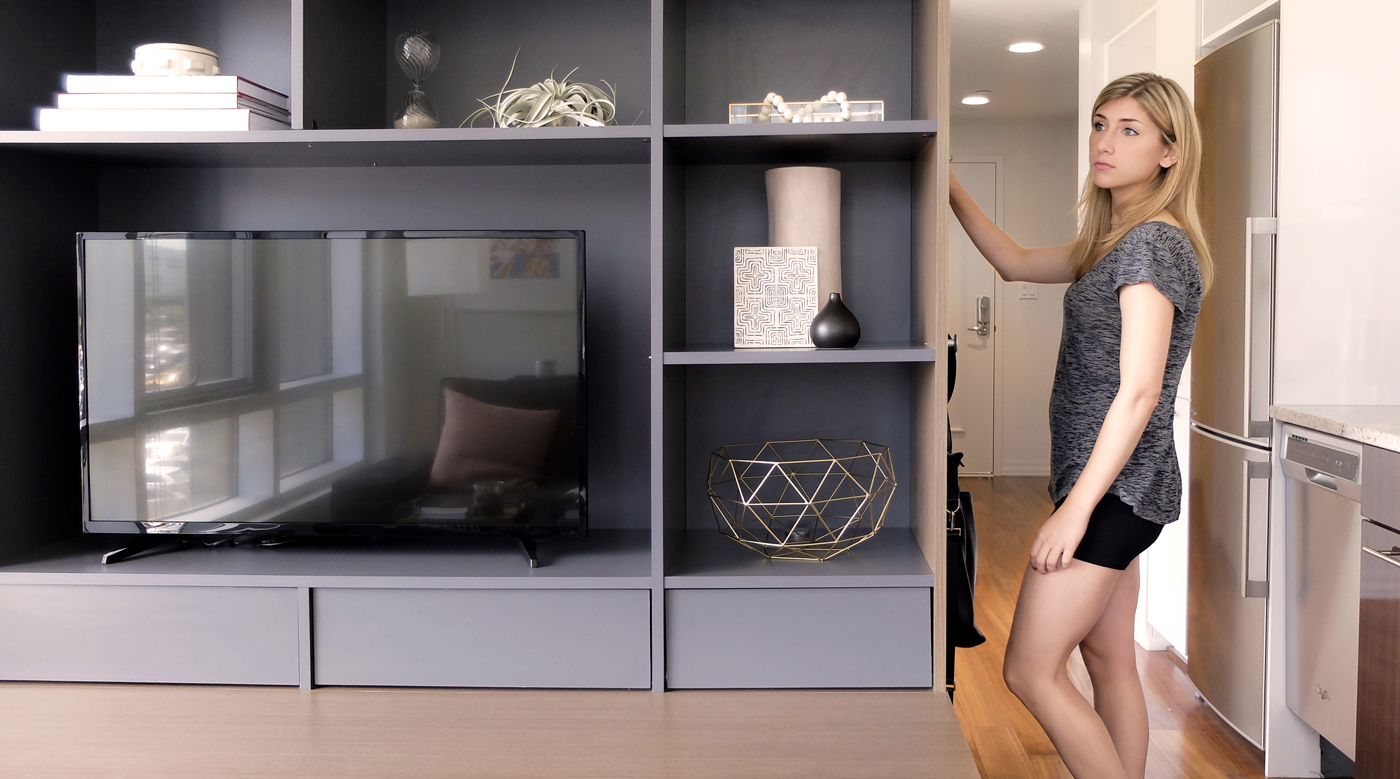
1. DESIGN SOLVES AN IMPORTANT HUMAN PROBLEM.
What problem are you trying to solve with AI? Considering the multitude of “smart” products that are actually quite stupid, it’s a question worth asking.
“At CES there was a lot of mundane automation that is more part of what I would call gadgetry—versus automation that truly improves people’s lives or delivers considerable amounts of service or value,” Béhar says. “What is our intent in the world? For a company, for a product, for a service, I think it’s an important question to ask ourselves.”
He points to the smart crib he designed, called Snoo. The problem he was trying to solve was clear: The lack of sleep for parents with young children. It’s a problem that’s well-documented, both anecdotally and in research; Béhar would go so far to say it’s a national health issue (he’s also a parent himself, so he’s experienced the exhaustion of having a baby firsthand). The seriousness and specificity of this issue is what helped focus the design.
2. DESIGN IS CONTEXT SPECIFIC (IT DOESN’T FOLLOW HISTORICAL CLICHES).

“If anyone has been at CES this year or seen reports, you’ve seen hundreds of little robots,” Béhar says. “They’re white, cutesy, with googly eyes; they’re there to entertain us and keep the dog company.”
But Béhar believes that the trend of anthropomorphizing robots is nothing more than a historical cliche—and should be avoided. “Why do we need to anthropomorphize these kinds of machines?” he asked. “Why do we need to replicate human interactions or emotions?”
Moving beyond these well-worn cultural cliches, to instead put context first, will be important for designers working on truly “smart” objects.
3. DESIGN ENHANCES HUMAN ABILITY (WITHOUT REPLACING THE HUMAN).
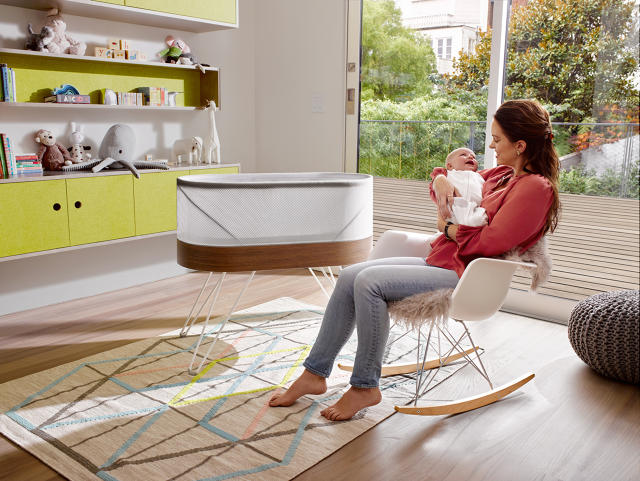
Robots are coming for our jobs—right? Well, not if they’re designed to enhance our human abilities. This principle encourages designers to think about how products can thoughtfully augment people rather than replace them. “Can we design different services to complement humans and their lives instead of replicate them?” Béhar asks.
Béhar recently worked with the startup SuperFlex to design a supportive body suit that uses synthetic, electrical muscles to augment differing levels of mobility in elderly people, rather than replace their natural strength completely. Part of the London Design Museum exhibition New Old, the device looks a bit like a wetsuit and is meant to be worn underneath the user’s clothes (though Béhar thinks people will want to show it off).
It’s a prime example of how technology can be designed as a human aid. “By continuing to support movement I think we can make a big difference in people’s lives,” he says.
4. GOOD DESIGN WORKS FOR EVERYONE, EVERYDAY.
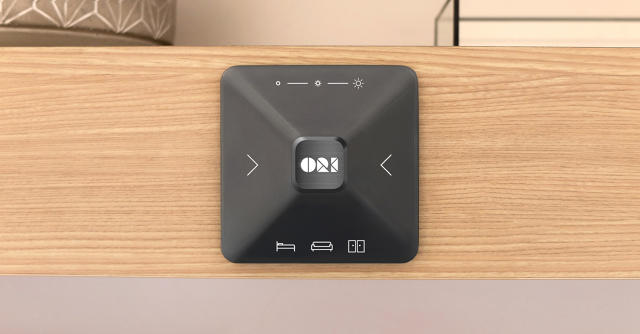
Béhar points out that not everyone in a household will necessarily love their new robotic housemates the way a tech-lover might; others may be less swayed by a newfangled gadget. “With home innovation, what’s typically happened is the person who installed it loves it, and everybody else in the home hates it.”
That’s the opposite of what a well-designed smart product should do. Béhar says he wants to design tech that isn’t just pleasing to one user, but is present and useful for everyone in a home. “Which means that technology can’t be something that’s hard to install, something that is hard to live with,” he says.
5. GOOD TECH AND DESIGN IS DISCREET.
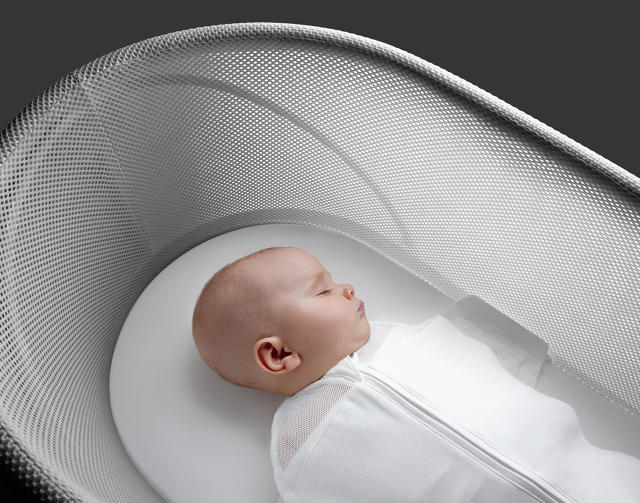
It should make your life easier, but it shouldn’t get in the way.
“We’ve adapted ourselves over thousands of years to receive information and act on that information,” Béhar explains. “If the wind starts coming from my right, if the temperature drops, I will naturally interpret that as the fact that there may be a storm coming, that there is a weather change. Why can’t we do that with products as well? Why can’t we create subtle signals that allow us to both be informed and control the environments that we’re in?”
Take August, a company that he cofounded, which designed a smart lock that opens your door when it senses you’re there so you don’t have to root around in your bag for your keys. It doesn’t require you to take out your phone, but instead causes your phone to vibrate and the lock to sound, indicating that the door has been successfully unlocked. “Those are what I call invisible interfaces, and continuing to look for this is really key,” he says.
Ultimately, great design means discreet design that doesn’t distract from more meaningful experiences: “You have to decide which [products]allow you to focus on other things that are maybe more important, or which ones take you away from interacting with the environment in a way that’s enriching.”
6. GOOD DESIGN IS A PLATFORM THAT GROWS WITH NEEDS AND OPPORTUNITIES.
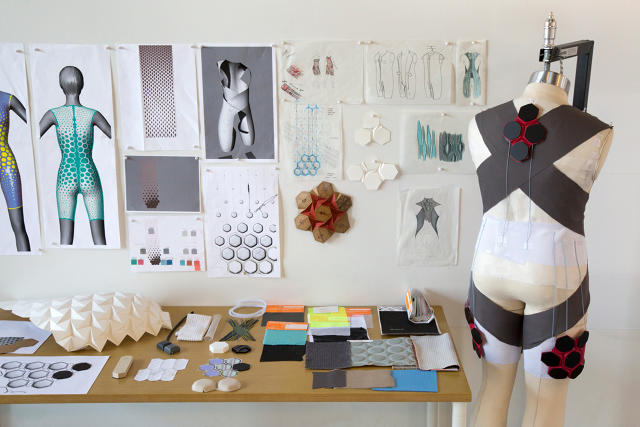
When you’re designing with AI, you’re designing a system that learns and grows, with functionality that may change over time thanks to software updates. Béhar says that with every single product he’s launched over the past eight years, he’s found he likes it even more six months to a year after it launched. Products are no longer immutable—they should be designed to allow room for development and change.
“Because things can be modified fairly easily, you improve on it,” he says.
7. GOOD DESIGN BRINGS ABOUT PRODUCTS AND SERVICES THAT BUILD LONG-TERM RELATIONSHIPS (BUT DON’T CREATE EMOTIONAL DEPENDENCY).
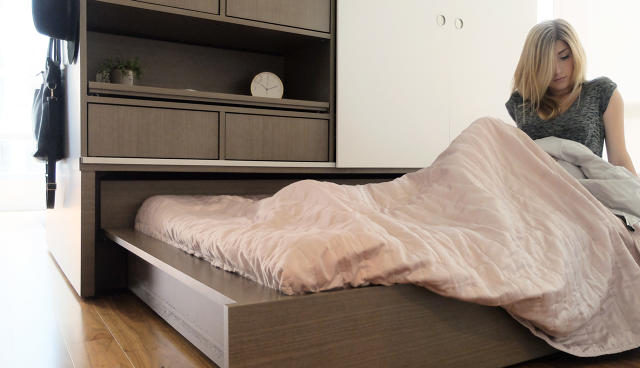
Building on principle number six, products should be designed for a much longer term use. Béhar describes a conceptual project he did in the late ’90s for SFMOMA. The museum asked him to design a prototype for the future of the shoe. He ended up designing a shoe that wasn’t based on seasons or styles, but that captured data about how you walk, your pronation, and any weight changes. Then, the manufacturer could replace your current set of shoes with ones designed specifically for your feet. The idea? A product should create loyalty by improving over time, sowing the seeds for a lifelong relationship with a user.
8. GOOD TECHNOLOGY DESIGN LEARNS AND PREDICTS HUMAN BEHAVIOR.
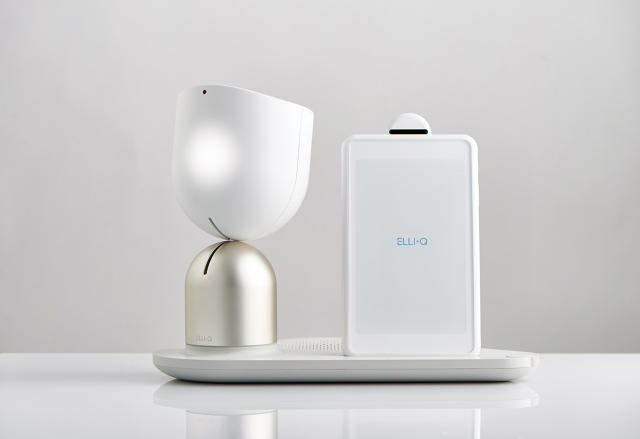
As machine learning and AI slowly infiltrate our tech, products not only have the ability to learn—they can also predict human behavior in a way that better serves the user.
Béhar illustrates this idea with a social companion robot for the elderly, ElliQ, that he designed for Intuition Robots. It’s meant to help aging adults stay connected to the world when their cognitive functions are diminishing. Instead of waiting for a prompt from its elderly user, the robot proactively suggests personalized activities in order to keep the user engaged. It’s a prime example of how AI can improve a specific aspect of a person’s life based on their behavior.
9. GOOD DESIGN ACCELERATES NEW IDEAS.
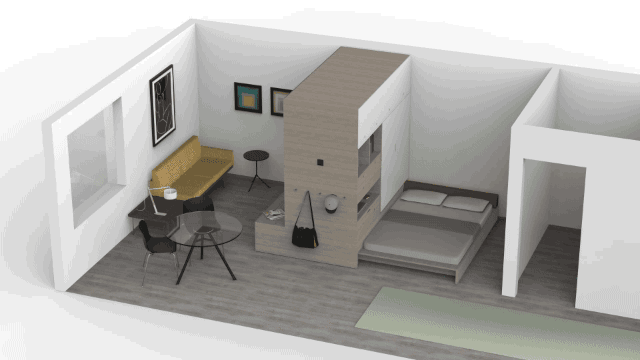
Béhar thinks that true innovation can be pushed forward faster in the hands of a great designer. For instance, take Ori, an MIT startup that’s designing urban micro apartments. The company’s solution to the housing crunch in cities is to use robotics to make smaller spaces “act” bigger, utilizing connected furniture that transforms a single-room apartment from a bedroom to a living room at the press of a button.
Ori, only conceived several years ago, is slated to hit the market this year—an example of a deeply futuristic (and perhaps potentially dystopian) idea that great design has pulled into reality very quickly.
10. GOOD DESIGN REMOVES COMPLEXITY FROM LIFE.
To illustrate this final principle, Béhar showed a video of a rather primitive robot trying to feed a woman breakfast—and failing miserably. There are plenty of menial everyday tasks at which people are still much more adept than robots. But there are also tasks that computers are simply much better at, and these are the areas that designers should be focusing on. The question designers must ask: What is a mundane experience, and what is a meaningful one, and what role should AI play in either?
“I think in general you don’t want to replace behavior or human-led functionality,” Béhar says. Instead, AI can remove some of the pain points of life by reducing complexity and freeing up people’s cognitive space so they can focus on more important endeavors.
Ultimate, Béhar believes that the real question lies in how we imbue artificial intelligence with values. “That’s how I believe we make the world a little less dystopian and more utopian,” he says. But he also neglects to point out ways that design could serve as a buffer against AI’s dark side; when Microsoft CEO Satya Nadella laid out his principles for designing AI responsibly in 2016, he cited transparency, accountability, and protection of privacy as critical components.
While Béhar believes that designers have a responsibility to build products morally, he also believes that a “self-correcting environment” will ultimately act as an ethical safety net—even in the case of Facebook and its fake news crisis. “Businesses are putting these algorithms out there, they are seeing what they do, like increasing traffic, and then they [are]realizing it’s not good if it’s all fake or has a nefarious impact on our lives,” he says. “I do think that there’s a self-correcting mechanism.”
But ultimately it is the role of designers in the age of AI to act as a bulwark against irresponsible, unethical use of technology. After all, the robots are here to stay.
This article first appeared in www.fastcodesign.com
Seeking to build and grow your brand using the force of consumer insight, strategic foresight, creative disruption and technology prowess? Talk to us at +9714 3867728 or mail: info@groupisd.com or visit www.groupisd.com

